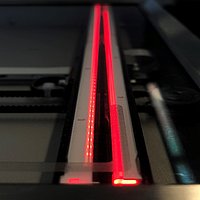Power storage units for electromobility consist of coated metal foils, which are laid on top of each other in regular alternation of anode, separating foil and cathode and connected to form packs. Maximum precision is required here, because even the smallest coating defects or positional deviations of the coated areas on the foils can impair the quality of the battery. Contact image sensors (CIS) are used for fully automated quality control with the aid of computer-assisted image analysis processes because of the high demands on resolution and operating speed…
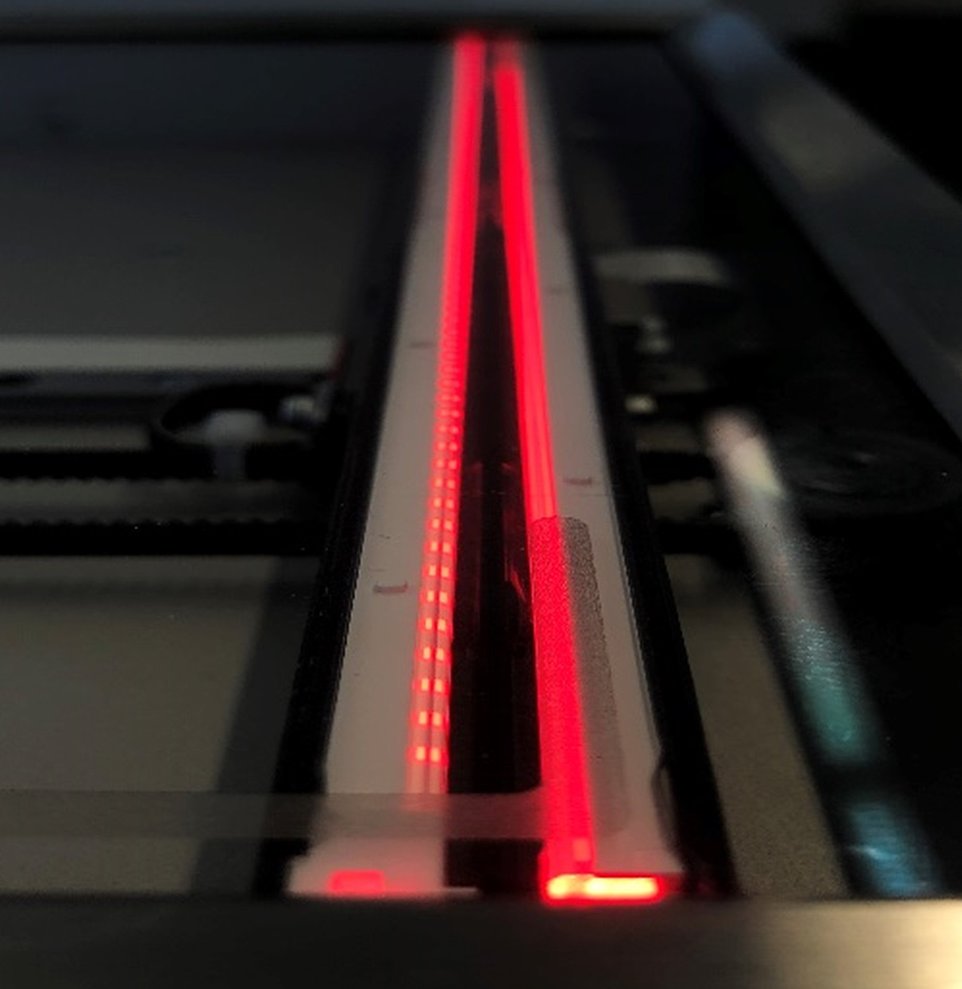
"The contact image sensors developed by WHEC originally come from photocopiers - nothing special, but cleverly industrialised," says Stefan Basig, Head of Sales and Marketing at the machine vision system integrator Compar AG in Pfäffikon SZ.
Thanks to an efficient lens system, these sensor modules provide a realistic, distortion-free 1:1 image of the scanned object. Another advantage is their short focal length, so that they can be used very close to the surface to be examined without the glass panes used in copiers, for example. This short distance to the test object has the double benefit that the light losses in the gap between sensor and object are significantly lower and at the same time the sensitivity to stray light is reduced.
However, the main and most important advantage is the distortion-free image generation with a scanning width of up to 2 metres. Furthermore, thanks to the smaller lenses, the sensors have smaller dimensions and weights. All this makes compact dimensions possible. CIS sensors can therefore usually be placed in the desired environment without any problems.
Numerous Variants for a Wide Range of Applications
"Thanks to their advantages, CIS sensors have already conquered a whole range of applications in the field of surface inspection," adds S. Basig. These include inspection tasks for all kinds of surface coatings, textiles, foils and printed products, but also for the inspection of banknotes and medical technology products, in semiconductor production or in the most diverse applications in mechanical engineering. The development of application-specific designs gradually led to more and more variants.
Today, CIS sensors are available in widths from 18 to 1960 mm, for a wide variety of light wavelengths from monochrome to RGB colour to infrared or ultraviolet, and with or without an integrated light source. There are versions for particularly high resolutions of up to 1200 pixels per inch (DPI, dots per inch) as well as for scanning speeds of up to 2.46 m/s (monochrome) or 0.82 m/s (colour). As an active developer, the manufacturer is ready to develop further specifically adapted variants for new areas of application.
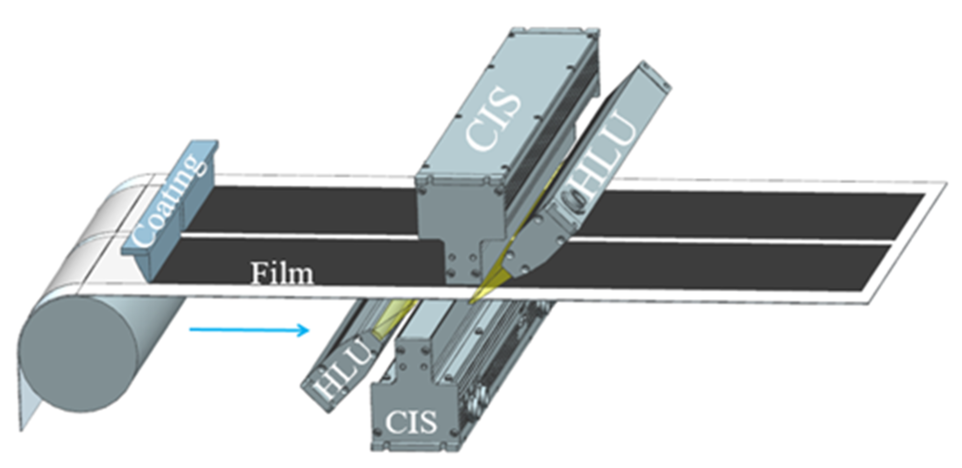
Production of Films for Automotive Battery Cells
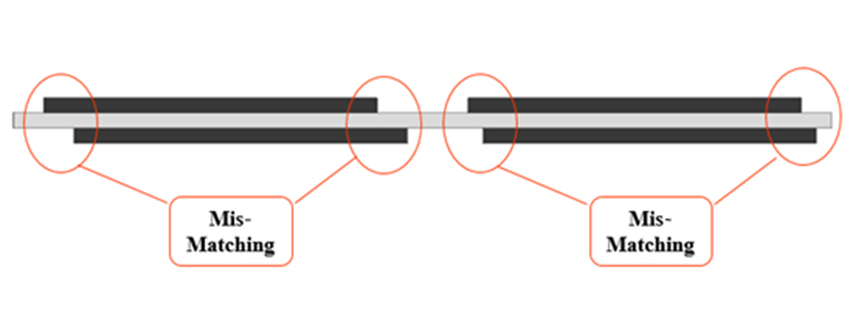
"Today, the development of high-quality accumulator systems is high on the list of priorities for car manu-facturers," reveals S. Basig. A key role here is played by the production of the coated metal foils that serve as poles in the batteries. These foils consist of metal strips (aluminium for the cathode, copper for the anode), which are coated with thin layers of graphite or a mixture of metal oxides. The actual accumulator is made of layers of anodes and cathodes, which are separated by separator foils. These are permeable to the lithium ions in the electrolyte liquid. They therefore migrate as positive ions to the cathode during charging. When discharging, the lithium ions return through the foils, while the electrons released at the cathode drive the vehicle and thus return to the anode.
CIS Use in the Field of Battery Foil Inspection
"The quality of the coating, which is applied to both the front and the back of the electrodes, is decisive for the performance and efficiency of the battery," says S. Basig. That is why the coating process must be continuously monitored fully automatically. This monitoring takes place after the coating has been applied, dried and roll compacted.
Monochrome CIS sensors on both sides are used in combination with external light sources (HLU). In addition to the completeness of the coating, it must also be checked that it has neither foreign bodies nor scratches. It must also be ensured that the coating was only applied within the intended areas and that it was applied congruently on both sides of the tape. And last but not least, it must also be checked that the specified dimensions are adhered to when splitting the belt.
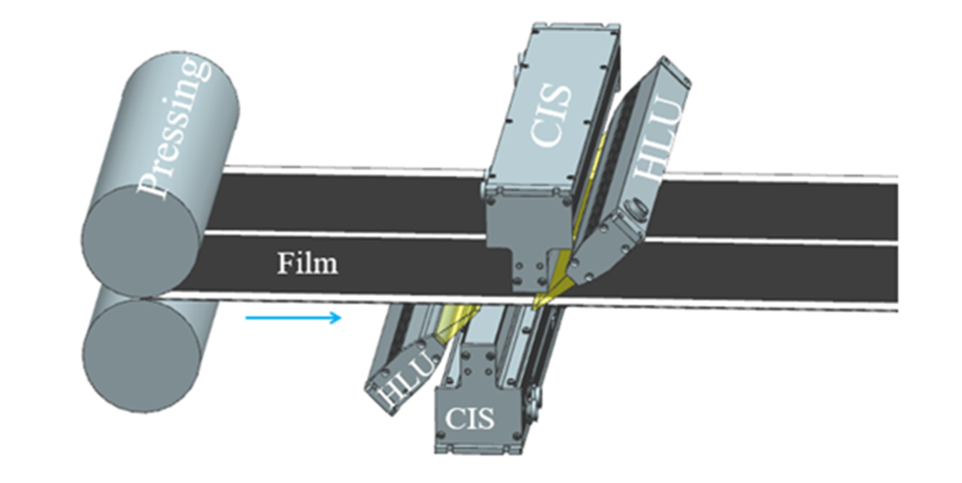
Full integration into the Compar software VISIONexpert®
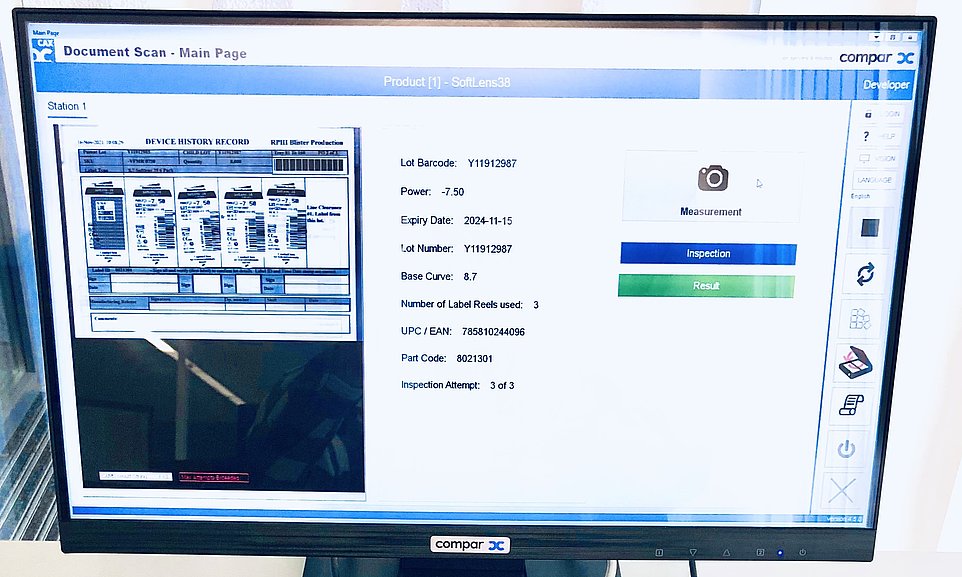
"The CIS sensors convinced us with their performance, so that we have already fully integrated the corresponding adaptations and drivers into our most important software VISIONexpert®", confirms S. Basig. This innovative image processing software with many degrees of freedom and functions enables the creation or configuration of robust solutions for all kinds of visual inspection and testing tasks in the field of automation and process control. It is the central building block for the numerous solutions that Compar has developed in quality assurance solutions for a wide variety of industrial applications.
The innovative spirit of the CIS manufacturer WHEC in this area is gratifying. In cooperation with Compar, for example, the development of CIS sensors specially adapted to the customer's requirements would be conceivable.

